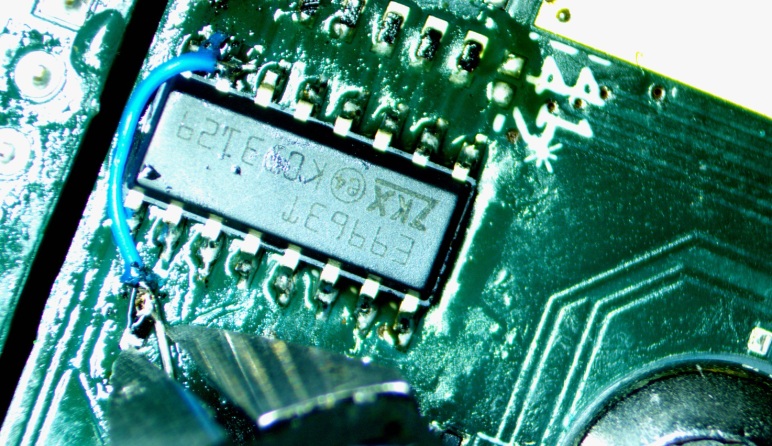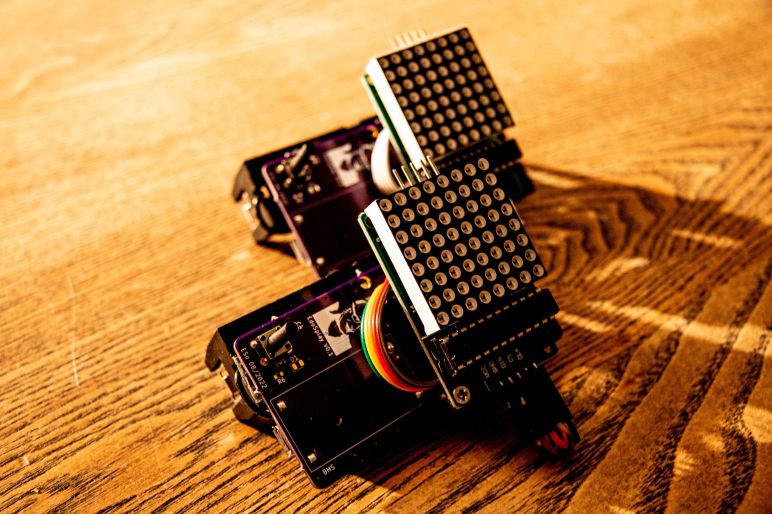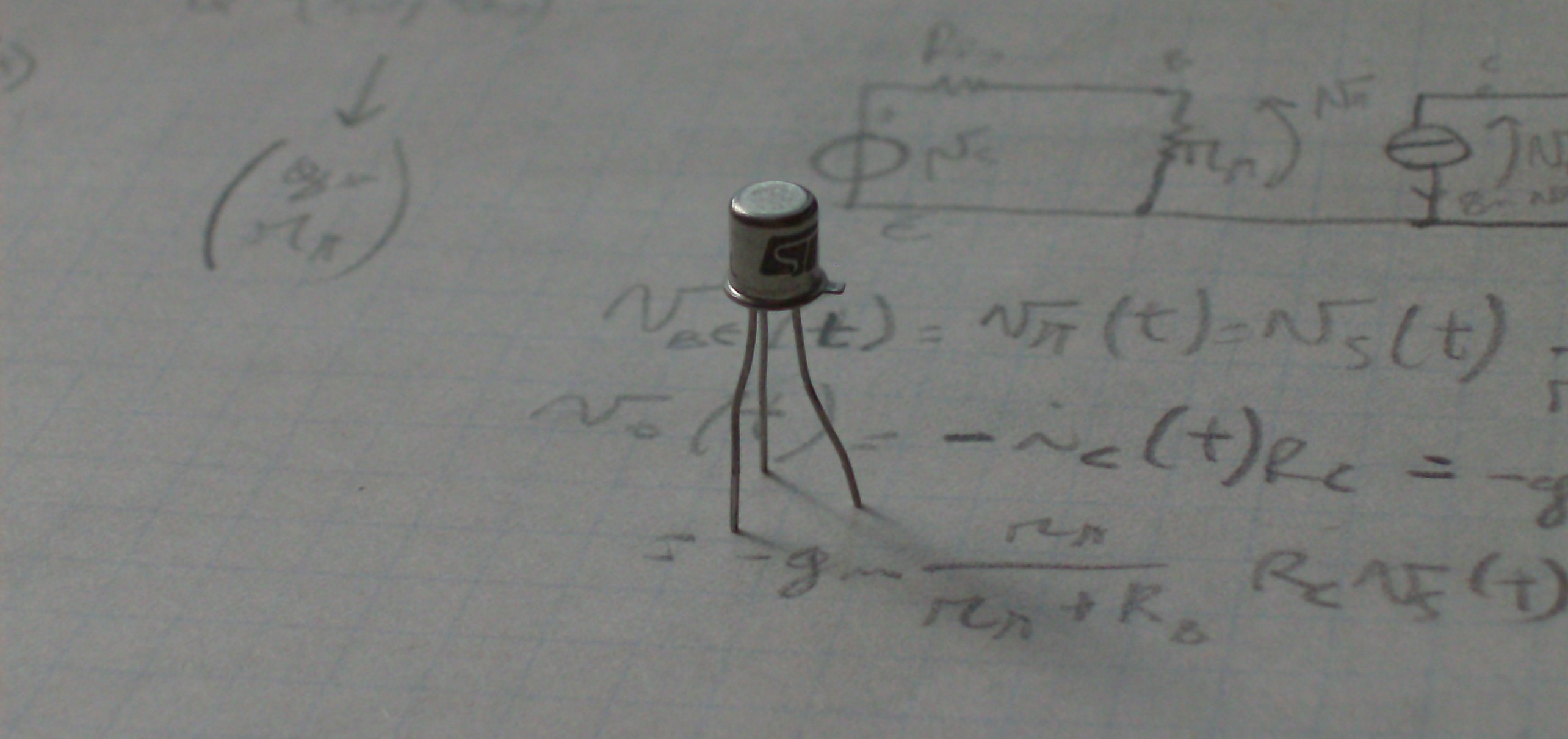Using a manufacturer independent tooling can have good impacts on autonomy, learning experience and realization on what really works for an engineer regarding the whole embedded development process. I wanted to look for a complete setup working natively in Windows, yet as much as possible open source, to have a manufacturer independent tooling. I will … Continue reading Open source ARM based toolchain development and debug on Windows with no emulation

Toggling a pin, thoughts on code portability
There are many articles that explain embedded software, bare metal programming, and architectural design, providing a lot of practical tips. The great majority of projects, particularly those that require quick but nice prototypes, are based on Arduino. However, starting an Arduino project seems not to require any theoretical knowledge of firmware architecture, bare metal, and … Continue reading Toggling a pin, thoughts on code portability

The EdoSplay project
In the watchmaking industry there are not only cogs and gears. Nowadays, even the high watchmaking industry focuses on sophisticated digital technology, to combine it with the fine art of mechanics. And it exists, once open-source, even an RTOS owned by Swatch, for which I had the pleasure to use, and mostly to be mentored … Continue reading The EdoSplay project
Teardown of Marshall MID ANC
In need of a new pair of headphones, I wanted to go more towards brands which were less anonymous and more reliable. As I needed a Bluetooth headset but also the Active Noise Cancellation feature for when I work or travel on a train, I wanted to give it a try and I found the … Continue reading Teardown of Marshall MID ANC
When an LED torch can kill
I've received one of those (supposedly) Chinese powerful LED torches from my brother. To be precise, this one: I was not expecting too much from it, it's awesome and does a lot of light and the like. But I do not want to praise it, rather I got very suspicious when I've discovered that contains … Continue reading When an LED torch can kill
MC34063, the jellybean converter (Part 1) – Introduction design of a voltage inverter
When I needed to design a dual power supply I was looking for parts capable to handle buck, buck-boost, with inverting and non inverting properties. Because I was also looking for a contained budget, I've been fascinated by a single, multipurpose part, capable of doing all of this. I immediately realized it was the 555 … Continue reading MC34063, the jellybean converter (Part 1) – Introduction design of a voltage inverter
Experiments in implementing the WS2812B protocol in AVR MCUs without bit-banging
I started to experiment with the WS2812 LED, more specifically the WS2812B, which is a better revision in term of connections. These are the very famous individually addressable RGB LED, where tons of sources are available. Mainly due to their low cost, they are spread to the maker scene like a rhinovirus in a primary … Continue reading Experiments in implementing the WS2812B protocol in AVR MCUs without bit-banging
AOC I2475PXQU LCD monitor – teardown and repair
One of few repairs that went smooth and succesful. Using a monitor with integrated USB hub can be useful, but also tricky, if such hubs are designed in a cheap way or is not fool proof, and I am a fool. If that is the case, overloading the output lead to a dead port. And … Continue reading AOC I2475PXQU LCD monitor – teardown and repair
Switching converters nostalgia: a brief history
I have some kind of interest in electronic projects, whether hobbists or a professional ones, which are based on standard and always available sub-components. Those always available parts are also called jelly bean components, like resistors, capacitors and cheap basic parts, like op amps (including in my opinion also LM741, LM324, even TL081 and the … Continue reading Switching converters nostalgia: a brief history
Glighter-A driver LED – The mixed signal control
It was not long time ago in which was developed a small DC-DC LED driver - Glighter-S, my first switching LED driver. It was the natural consequence of the need for efficiency after the development experiment of the linear LED driver - Glighter. No long time after these experiments, the need for analog control in … Continue reading Glighter-A driver LED – The mixed signal control
